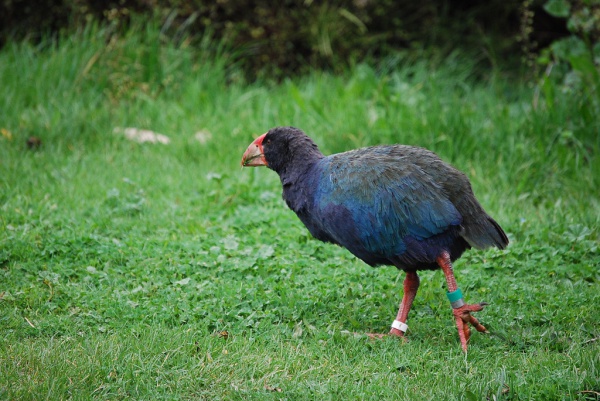Facts About South Island takahē
The takahē, also known as the South Island takahē or notornis, is a unique, flightless bird native to New Zealand. It is the largest living member of the rail family. For many years, the takahē was believed to be extinct after the last known specimen was captured in 1898. This perception changed dramatically in 1948 when Geoffrey Orbell rediscovered the species in the Murchison Mountains. Since then, the New Zealand Department of Conservation has been diligently working to protect and revive the takahē population through the Takahē Recovery Programme. Thanks to these efforts, takahē have been reintroduced to several locations, including some offshore islands and mainland sites such as Kahurangi National Park.
The takahē was first identified by the anatomist Richard Owen in the 19th century, who distinguished it as a separate species from its North Island counterpart. Over time, scientists have clarified the takahē's relationship to other birds like the pukeko. The takahē is notable for its large size, vibrant plumage, and distinct calls.
These birds primarily inhabit alpine grasslands, where their diet consists of grass, shoots, and insects. They are territorial and monogamous, typically nesting under bushes and laying one to three eggs. Conservation has been crucial in protecting the takahē from threats such as habitat loss, hunting, and introduced predators like deer and stoats.
At one point, the takahē population was critically low, but targeted conservation efforts have yielded significant improvements. Initiatives such as relocating the birds to predator-free islands, implementing captive breeding programs, and managing habitats have all contributed to their recovery. Ensuring genetic diversity and successful breeding has been essential to the species' resurgence. As of 2019, the takahē population has increased to over 400 individuals, indicating a promising outlook for their future.
